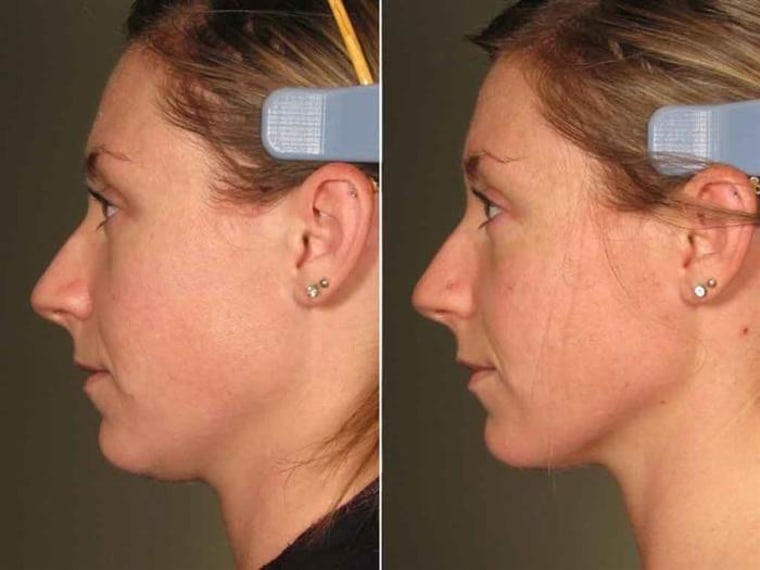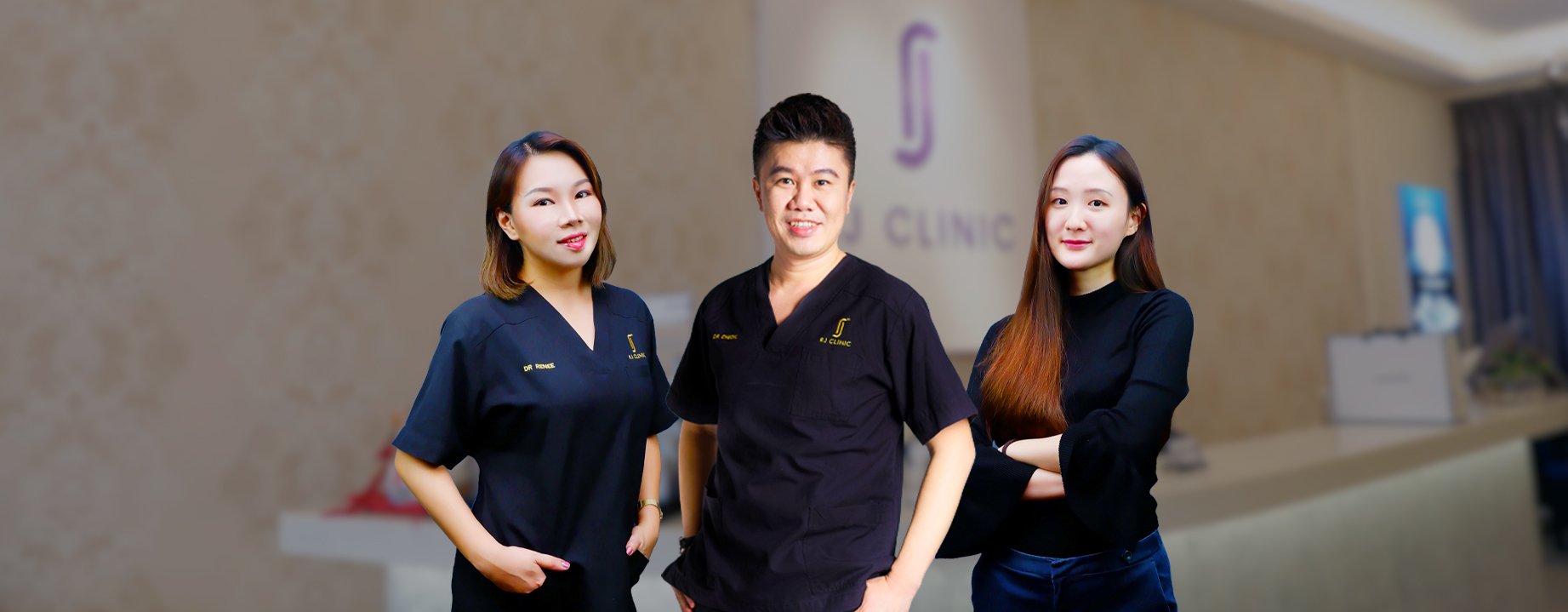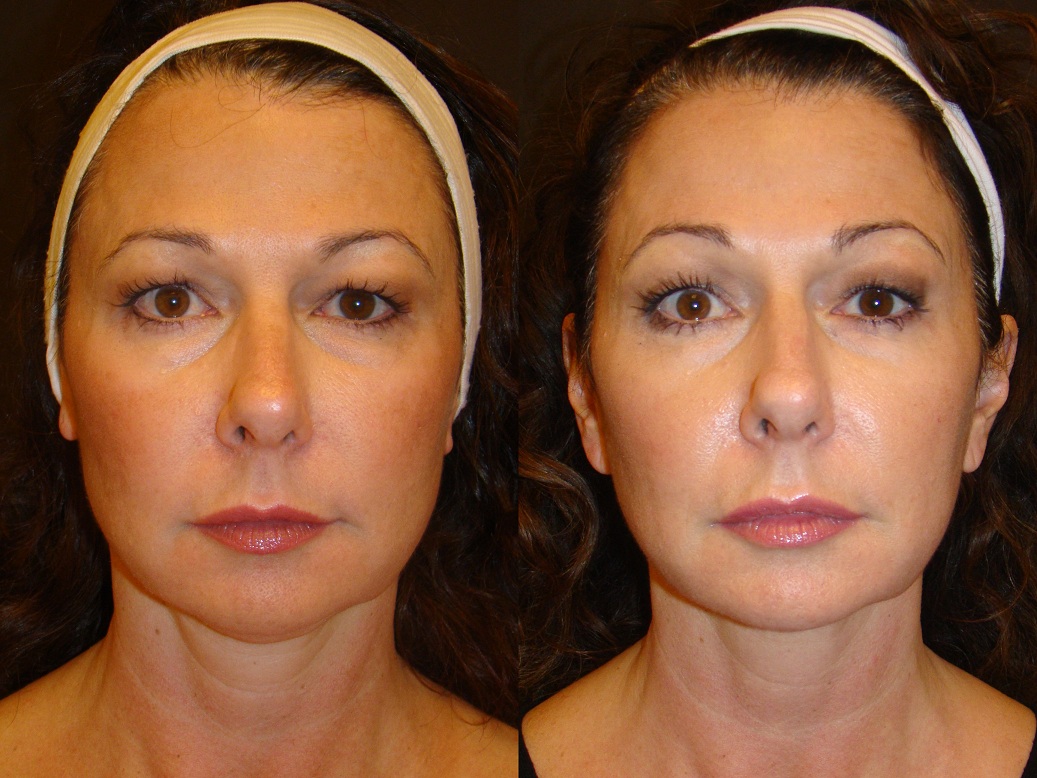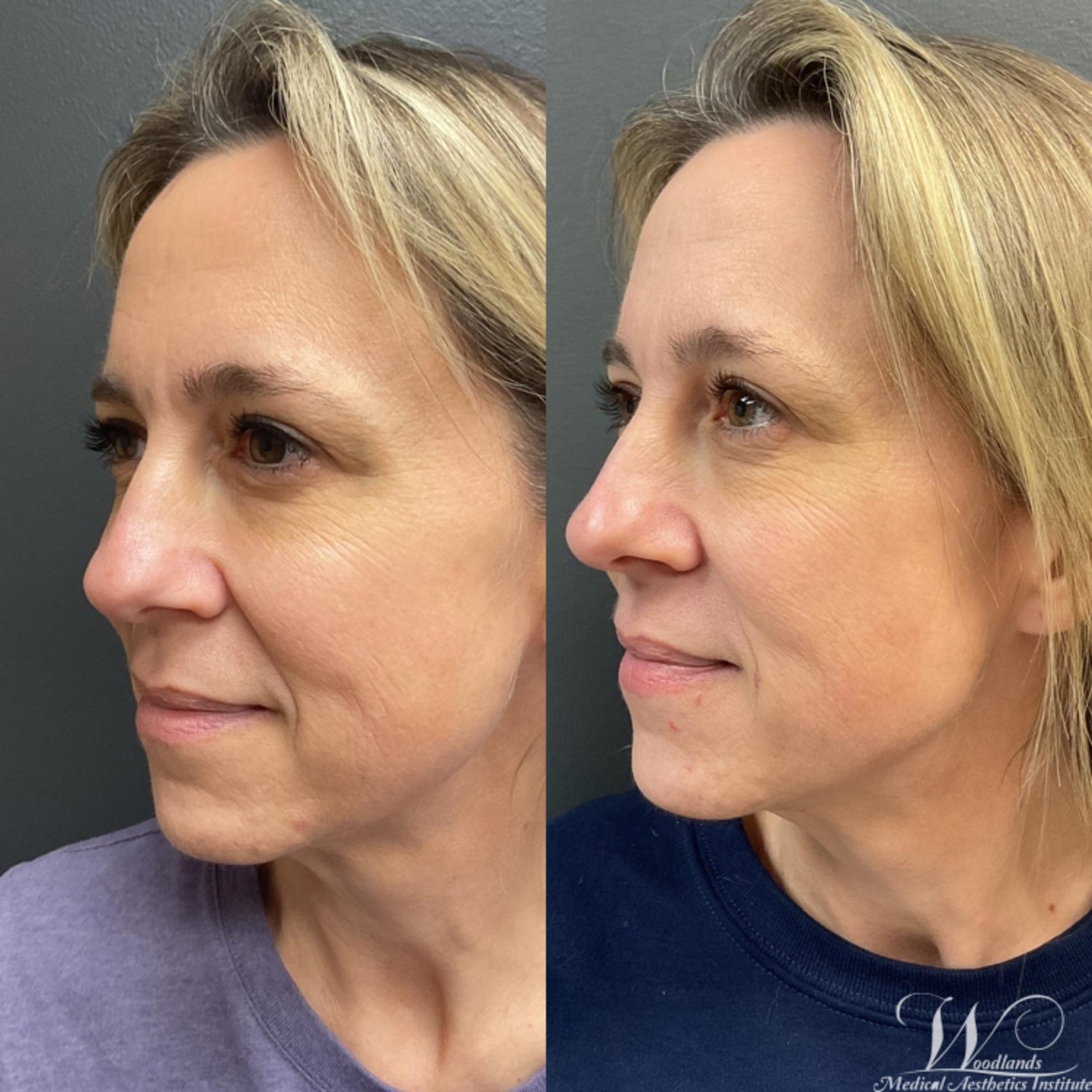How Skin tightening treatment KL Helps Skin Health
Why Ultherapy May Be Medically Needed: Exploring the Factors for a Non Surgical Lift
Ultherapy is obtaining attention as a practical choice for individuals facing skin laxity as a result of maturing or specific medical problems. This non-surgical therapy promotes collagen manufacturing, providing a remedy that avoids the healing time related to invasive procedures. As individuals seek to improve not only their appearance but also their overall skin health and wellness, recognizing the conditions that call for Ultherapy's usage ends up being essential. What elements add to its medical requirement?
Comprehending Ultherapy: What It Is and Exactly how It Works
Ultherapy, a non-invasive cosmetic treatment, makes use of ultrasound innovation to boost collagen production and promote skin tightening up. By supplying focused ultrasound energy deep right into the skin, it targets the foundational layers usually addressed in surgical facelifts. This process motivates the body's all-natural healing action, causing progressive training and tightening of the skin gradually.

Treatment sessions generally last in between 30 to 90 mins, relying on the dimension of the location being dealt with. While outcomes may not be right away visible, excellent effects typically show up within a couple of months as collagen proceeds to establish. Ultherapy offers a compelling non-surgical alternative for individuals looking for skin renewal without the need for invasive treatments.
The Aging Refine: Effects on Skin Flexibility and Collagen
Aging inevitably brings modifications that reduce skin elasticity and collagen manufacturing, resulting in visible indicators of drooping and creases. As people age, the skin's ability to maintain wetness declines, causing a drier and much less resilient surface area. Collagen, a crucial healthy protein responsible for skin framework, additionally decreases, creating the skin to lose its firmness and vibrant appearance. Factors such as sun direct exposure, toxic wastes, and lifestyle choices better accelerate this decrease in skin top quality.
This loss of elasticity and collagen produces a waterfall of adjustments, consisting of the development of dewlaps, strengthening nasolabial folds up, and a total sagging appearance. The skin's assistance system weakens, making it extra vulnerable to the results of gravity. As a result, several individuals look for treatments like Ultherapy to fight these aging results, intending to recover a more youthful, taut appearance without the need for intrusive surgeries.
Medical Conditions That May Benefit From Ultherapy
Ultherapy is progressively identified for its possible benefits in attending to numerous medical conditions. People experiencing skin laxity, those in post-surgical recuperation, and clients with chronic skin problems may find this non-invasive therapy advantageous. By promoting collagen production, Ultherapy can boost skin firmness and enhance general look for these groups.
Skin Laxity Issues
Skin laxity can be a substantial issue for individuals experiencing numerous clinical conditions that influence the integrity and flexibility of their skin. Conditions such as Ehlers-Danlos syndrome, which interrupts collagen production, can result in premature skin aging and drooping. Furthermore, individuals with autoimmune disorders may experience skin modifications that contribute to laxity. Hormonal fluctuations, specifically throughout menopause, likewise contribute in decreasing skin suppleness. Ultherapy, making use of ultrasound technology, targets the much deeper layers of skin, promoting collagen manufacturing and tightening up the influenced areas. This non-invasive therapy might use a viable remedy for those seeking to attend to skin laxity resulting from these clinical problems, enhancing both look and self-esteem without the requirement for surgical intervention.
Post-Surgical Recuperation Help
Post-surgical recuperation can frequently existing difficulties, particularly for individuals experiencing skin laxity as a result of surgical interventions. Ultherapy offers as a potential help in this situation, utilizing ultrasound technology to promote collagen manufacturing and enhance skin tightness without invasive treatments. Individuals who have undergone surgeries such as renovations, liposuction surgery, or various other body contouring procedures may locate that Ultherapy improves their recovery by dealing with irregular texture and laxity that can occur post-operation. This non-surgical approach can cause boosted aesthetic outcomes, possibly reducing the demand for added medical interventions. It might assist reduce pain connected with the recovery process, offering people an extra comprehensive recovery experience. Ultherapy can be a beneficial choice in post-surgical treatment.
Persistent Skin Problem
For people struggling with chronic skin problems such as acne scars, rosacea, or laxity as a result of aging, non-invasive treatments may offer substantial alleviation and renovation. Ultherapy has become an appealing choice, making use of ultrasound innovation to stimulate collagen manufacturing deep within the skin. This procedure can check these guys out boost skin structure and elasticity, resolving issues like irregular skin tone and drooping. In specific, those with rosacea might experience reduced soreness and swelling, while clients with acne scars can take advantage of boosted skin smoothness and total appearance. Notably, Ultherapy offers a non-surgical choice that reduces healing time and risks connected with invasive treatments, making it an appealing option for people looking for effective administration of chronic skin problem.
Psychological Effect of Drooping Skin and Visual Problems
The psychological toll of aging commonly materializes in the form of sagging skin, which can significantly influence an individual's self-confidence and overall emotional well-being. Several individuals link vibrant appearances with power and beauty, resulting in sensations of insufficiency when confronted with visible signs of aging. This perceived decrease in beauty can cause social stress and anxiety, withdrawal from social interactions, and a raised preoccupation with one's appearance.
Individuals may feel compelled to seek visual therapies to combat these problems, as the desire to maintain a youthful look can become linked with individuality. The psychological results of drooping skin might likewise bring about depression or a reduced lifestyle. Subsequently, non-surgical options like Ultherapy become possible solutions, intending not only to revitalize the skin however additionally to recover self-confidence and a favorable self-image, ultimately attending to the much deeper psychological implications of aging.
Comparing Ultherapy to Traditional Surgical Options
When contrasting Ultherapy to traditional medical choices, significant distinctions emerge in both cost-effectiveness and recuperation time. Ultherapy deals a non-invasive method that commonly leads to reduced costs and marginal downtime for individuals. On the other hand, medical lifts generally call for more monetary investment and an extensive recuperation period.
Cost-Effectiveness of Ultherapy

Although traditional surgical lifts usually include substantial upfront prices and extended healing times, Ultherapy presents an engaging option that can provide similar results at a fraction of the price. The additional info typical price of a medical renovation can range from $7,000 to $15,000, while Ultherapy treatments generally drop between $2,000 and $4,500, depending on the location dealt with and company knowledge. In addition, the absence of comprehensive pre-operative assessments and post-operative care connected with Ultherapy further adds to its cost-effectiveness. This approach not just reduces economic stress yet likewise allows patients to buy other aspects of their health and wellness and wellness. By doing this, Ultherapy becomes a monetarily sensible choice for those seeking face restoration without the concerns of conventional surgical treatment.
Healing Time Contrast
Recuperation time is a considerable factor in the decision-making procedure for those considering cosmetic treatments. Ultherapy stands apart as a non-surgical alternative that generally requires very little downtime. A lot of individuals can return to their daily tasks nearly right away, experiencing only light soreness or swelling that generally deals with within a few hours. In contrast, traditional surgical choices, such as facelifts, often demand an extensive healing duration. Individuals might deal with numerous weeks of swelling, bruising, and restricted task, with some returning to normal routines using up to 3 months. This raw difference in recovery time makes Ultherapy an attractive option for people looking for reliable outcomes without the substantial aftercare related to surgery, permitting a smoother modification back to day-to-day life.
The Long-Term Benefits of Non-Invasive Treatments for Skin Health And Wellness
As individuals increasingly seek options to procedures, the lasting advantages of non-invasive treatments for skin wellness become extra obvious. Therapies such as Ultherapy, chemical peels, and laser therapy deal significant advantages without the need for considerable recuperation times related to surgical treatment. RJ Clinic Ultherapy. Over time, these non-invasive alternatives can promote collagen manufacturing, leading to firmer skin and a much more youthful appearance
In addition, routine non-invasive therapies can enhance skin appearance, tone, and flexibility, boosting general skin health and wellness. Individuals commonly experience fewer problems and adverse effects, making these treatments much more attractive.
In addition, the advancing results of constant therapies can sustain and lengthen visual improvements, allowing people to keep their preferred appearance with his comment is here marginal downtime. By prioritizing non-invasive methods, people can achieve long-term results while prioritizing their wellness and well-being. Ultimately, the long-term benefits of such techniques emphasize their growing popularity in contemporary skin care.
Frequently Asked Inquiries

How much time Does an Ultherapy Session Commonly Take?
An Ultherapy session normally lasts between 30 to 90 mins, depending on the treatment location. Variables such as the person's particular needs and the extent of the treatment can influence the overall period.

Exist Any Type Of Side Results Connected With Ultherapy?
Ultherapy can result in adverse effects such as short-lived soreness, swelling, or tenderness in the cured area - Skin tightening treatment KL. While many individuals experience marginal pain, it is essential to seek advice from a professional for tailored guidance and potential reactions
How Soon Can I See Results After Therapy?
Outcomes from Ultherapy generally start to appear within 2 to 3 months post-treatment. The complete results may proceed to develop over six months as collagen production boosts, leading to noticeable training and tightening up of the skin.
Is Ultherapy Suitable for All Skin Kinds?
Ultherapy is normally appropriate for numerous skin types, including lighter and darker tones. Individual skin conditions and problems might affect its performance, making examinations with a qualified specialist important for tailored suggestions.
Exactly How Typically Should Ultherapy Treatments Be Repeated?
Ultherapy treatments are usually recommended every 6 to one year, relying on specific skin disease and desired results. Routine evaluations by a qualified professional can help establish the most effective frequency for maintenance and efficiency.